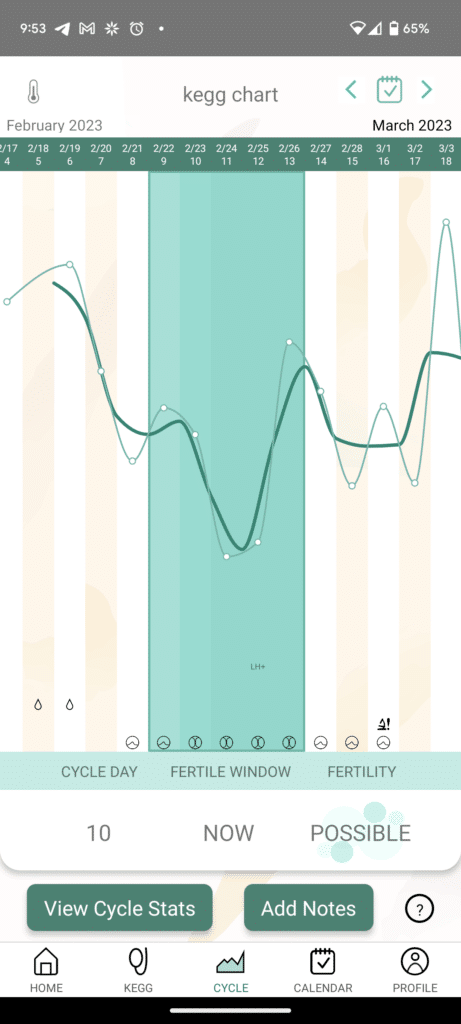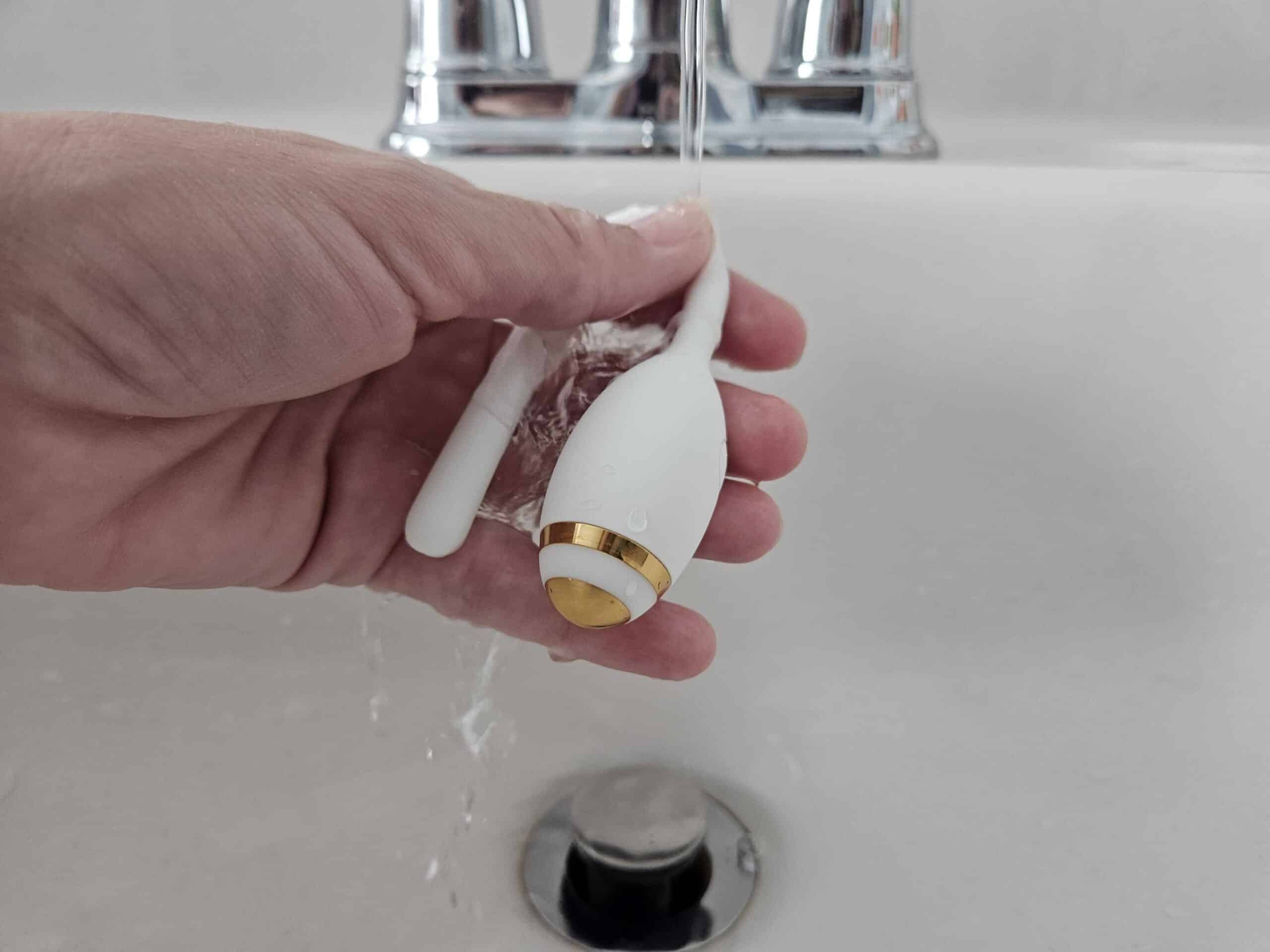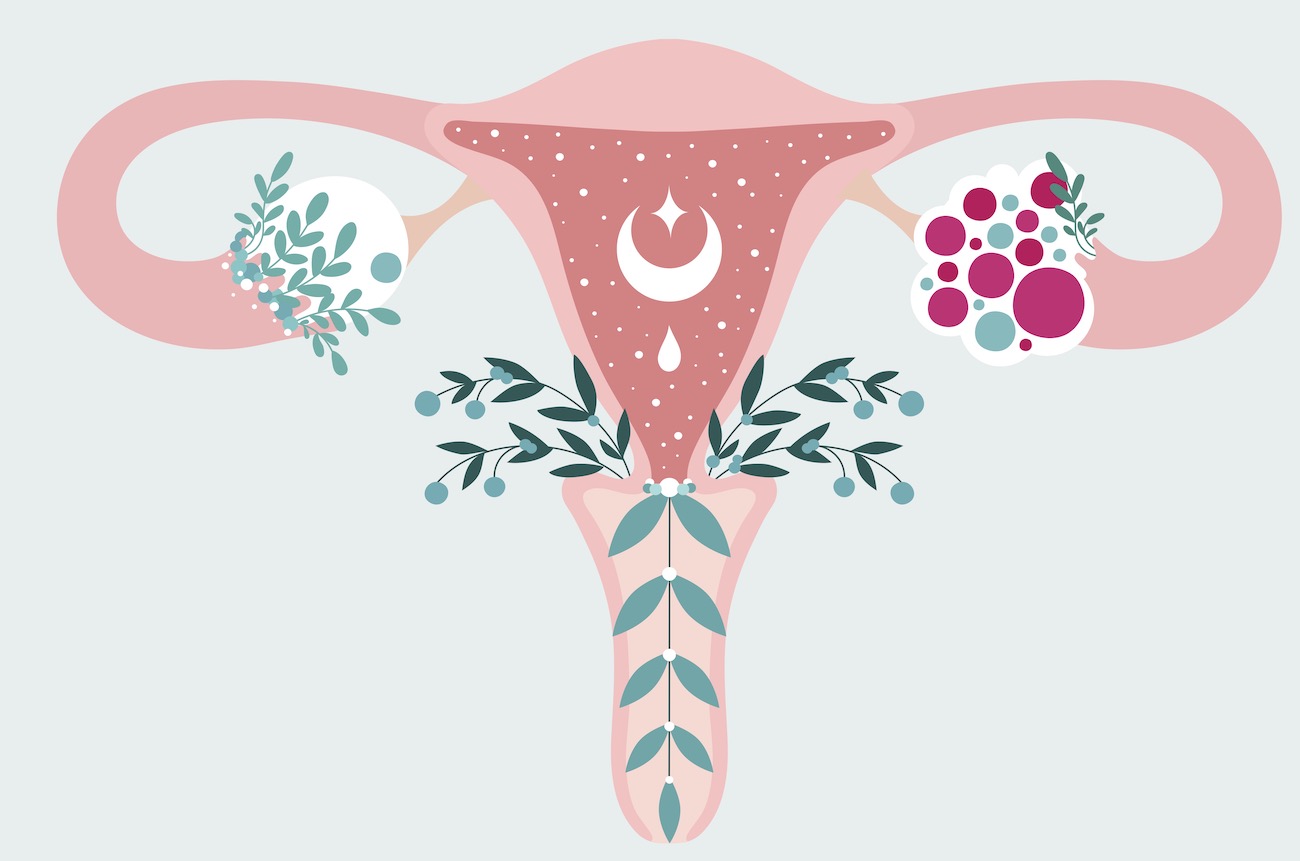Hear me out. The term “cervical mucus” is disgusting, but what I didn’t realize was cervical mucus is the sole reason sperm is able to stay alive long enough to reach the egg. In fact, the fertile window, or the 6 day timeframe that conception is possible, occurs due to cervical mucus.
The miracle of mucus
Produced by the glands in the cervix, cervical mucus is primarily made-up of water and mucins (and to a much smaller degree, trace metals, proteins, lipids, and more). As ovulation approaches, the water content of the cervical mucus increases resulting in a wetter, more lubricative mucus. In turn, the vaginal pH becomes less acidic in order to support the very fragile sperm.
So, what does this have to do with helping you get pregnant?
When I began my journey to get pregnant, I was using temperature and Luteinizing Hormone (LH) to track my fertility. Cycle after cycle we would be so hopeful that “this would be it”, but it never was. My cousin recommended kegg, a fertility tracker that detects the changes in cervical mucus. Upon reading on their website, my understanding of the fertile window was completely changed. I thought timing efforts during my LH surge and after was “optimal” timing. It turns out that the most cervical fluid typically occurs 2-3 days before ovulation, so baby dancing during those days has the highest probability of resulting in pregnancy. I was totally missing the mark!
Enter kegg
The fertility tracker, kegg, uses impedance technology to sense these subtle yet important chances in the cervical mucus. It is inserted once a day for about 2 minutes. The kegg reading reflects the changes in impedance, or resistance, in the cervical mucus. This means that when the fluid is becoming more fertile, you see the kegg readings moving downwards on your kegg chart and ultimately form a valley in the readings.
What was mind blowing was seeing my kegg readings begin to descend well in advance of my LH surge. This means my fertile window was opening much earlier than I could identify with my other tracking methods. I also didn’t notice great changes in my cervical mucus during this time to my naked eye, but kegg sure was “seeing” these differences.
It makes sense if you think about it. The fertile window exists because of cervical mucus. Therefore, the best way to track the fertile window is by tracking cervical mucus. My data was packed neatly into a chart with kegg, and it highlights the fertile window in the fertile valley with your actual readings and trendline depicted in this chart.

Did kegg change our intercourse timing?
A resounding yes! If we had timed intercourse based on my LH, we would have begun getting busy on Cycle Day 12. My kegg showed me my cervical mucus was prime for baby dancing much earlier, so we ended up baby dancing starting on cycle day 10.
We got pregnant this cycle. I can hardly believe I get to finally share my pregnancy story, but now I am passionate about helping women understand that cervical mucus actually is vital, and tracking it is just as important. It holds the answers to identifying your fertile window, and for us, solved our challenge of getting pregnant.




